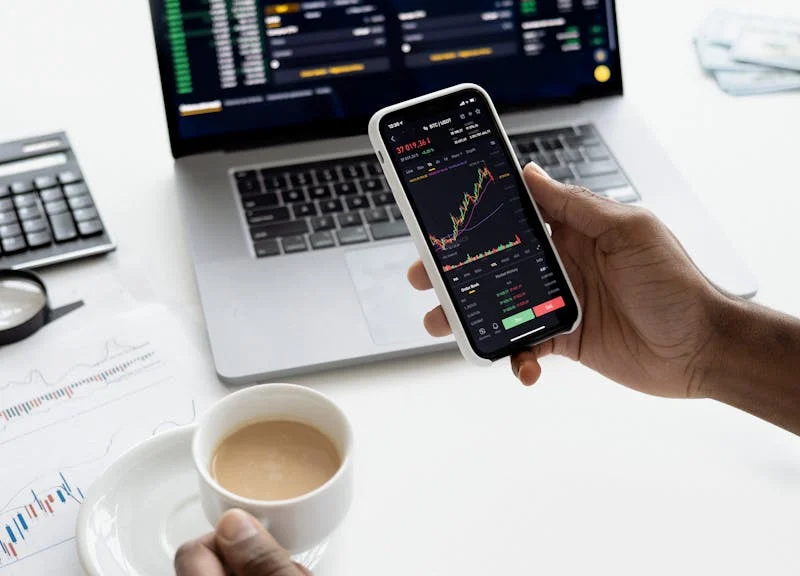There has been a transformation in the game industry in the recent past. Now we do not have solitary gameplay sessions with actually starting and eventually finishing them. Video games today are complex and constantly expanding spaces for players to inhabit, engage with others, and, as games and their products become more digital, contain valuable resources. These and many similar virtual commodities such as virtual currencies and even distinct weapons or character skins in-game are quickly turning into new gold mines that have a potential for high returns.
But before you plunge into this new and promising market it is important to know how it works.
The Rise of the In-Game Economy
According to CG’s blog post, online games The advanced Online Games such as Twenty10, MMG’s and RPG’s have contributed to the evolution of strong in-game economies. These economies work like the real-world economies, where players are paid virtual money, they benefit from buying and selling virtual items that they can own real virtual land. This has fueled the rise of in-game assets, which can be broadly categorised as follows:it has fueled the rise of in-game assets, which can be broadly categorised as follows:
- Virtual Currencies: These in-game coins or tokens intend to enable players to make purchases of gadgets including, weapons, clothes and even upgrades. Their value is determined by supply and demand in the context of all in game services.
- Collectibles: The principle inherent in exclusivity entails that certain in-game assets such as weaponry, characters, avatars, or parcels of virtual real estate will command real funds on third-party platforms.
- Cosmetics: Items that seldom have an active visual function, such as specific characters that players may use, have value because of their distinctiveness.
The potential for real-world profit has attracted a new breed of player: the “play-to-earn” gamer. All these players spend time seeking valuable items or doing tasks which will enhance them to make virtual currencies which will then can be exchanged with real money.
The Allure of Investment

Thereby, what makes in-game assets so much an attractive investment opportunity?” Here are some key factors:
- A Booming Market: The worldwide gaming sector has further forecasted to touch $339.9 billion by the year 2027 due to increasing online video games and esports games. This means a bigger number of the players and the possibly increased interest in the valuable assets available in the game.
- Scarcity: Some of the items are consciously designed and produced in small quantities helping in making them rare and hence valuable. Blockchain technology and extended applications, including NFTs, are now reinforcing ownership and rarity in products within games.
- Investment Potential: In-game –specificational currencies that can be used to buy items within certain games have risen in value so much, especially what has been observed in the Bitcoin market. This implies great returns for an investor who is willing to invest in this course.
Challenges and Considerations
While the potential is undeniable, investing in in-game assets also comes with a fair share of challenges:
- Market Volatility: Such economies are not static and the assets can go for very high and very low depending on how the game is updated, behaviour of players, and even market principles.
- Regulation: Lit does not have much information about the nature of in-game assets that is still very much a developing place for regulation. There are still risks because there are questions about ownership rights and because trading can get banned.
- Security Concerns: Phishing and scams are common in centres of trade in virtual currencies, and in-game items and assets. This means that investors should be careful and only invest in trusted platforms in order not to lose their money.
Beyond the Investment Hype

The use of in-game assets goes beyond the simple acquisition of money-making assets on the Internet. Here are some additional angles to consider:
- The Future of Work: This is especially the case given the play-to-earn model is set to completely change traditional forms of employment. Frans may soak with money from in game activities meaning the laid distinction between work and entertainment.
- The Metaverse: The idea of a continuous off-real life location – the Metaverse – is emerging. These assets could become desirable objects within this game world and thereby compliment their investment characteristics.
- Community Building: Purchasing of assets in the video games may enhance unity of the players due to a mutual interest in the game. With the help of such platforms, guilds and investment groups could appear and improve the cooperation and organising of individuals’ actions.
Investing in the Future
Thus, it is possible to conclude that in-game assets are among the most promising phenomena in investment activities. Despite these (challenges), rewards are big and the industry is dynamic and growing offering significant returns making the proposition interesting. As the market around in-game economies grows with advances in technology and structure, intelligent buyers savvy enough to decipher this relatively new concept could easily find the next big profitable asset class. However, they must be handled carefully, backed up with a lot of research done and only engaging in trade using secure platforms.

